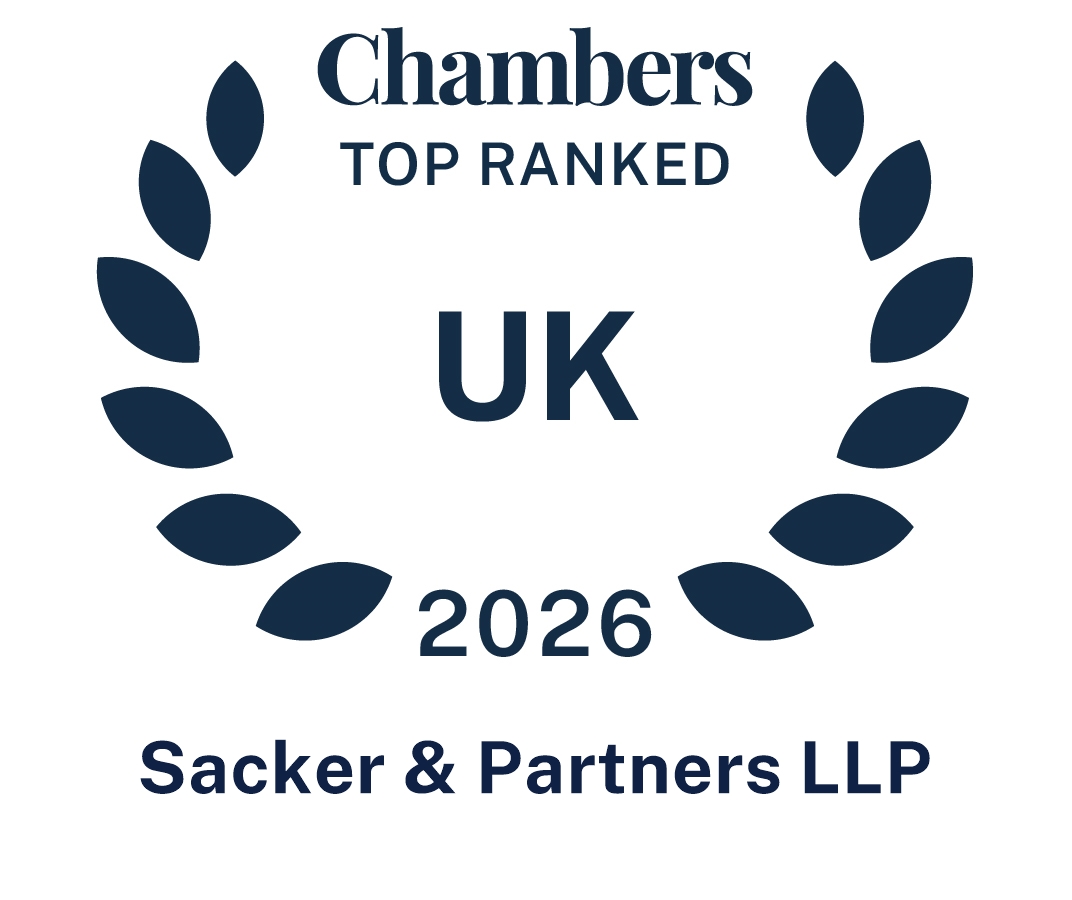After so many years of deficits, surpluses have become a reality again. On the face of it, this would seem to be a good thing, but the legal reality is more complex, as has been discussed already by a number of my colleagues in recent blogs (see: Hello surplus my old friend? We’ve come to talk about you again… and Scheme surpluses – potential concerns for employers and trustees).
If a surplus arises, returning it to the sponsor can be challenging (see Naomi’s blog on Scheme surplus rules – the lottery and the “fix”). As ever, prevention is better than cure. If contributions (or indeed premium structure in the case of buy outs) can be managed to avoid a surplus in the first place, this may be the best outcome for all.
Ways to avoid “trapped” surplus
There are a number of ways for sponsor payments to be structured so that they sit outside of the pension scheme. This can prevent excess funding becoming “trapped”.
From a sponsor’s perspective, such solutions allow it to continue to contribute to its scheme with the option of the funds being returned to it in certain circumstances. For trustees, these solutions can provide additional security to the scheme and help to protect member benefits by enabling access to funds when required, in pre-agreed circumstances.
Common solutions that we have worked on recently include:
Escrow /charged account arrangement
In summary, this involves:
- The sponsor opening a bank / custody account over which it grants a charge in favour of the trustees.
- Agreed release triggers for amounts to be transferred into the scheme (eg where the trustees require amounts to meet scheme liabilities, costs and/or expenses or there is an insolvency of the sponsor and a debt is triggered under pensions legislation), or returned to the sponsor (eg when buy out / winding-up of the scheme is complete).
The monies, whilst held in the account, do not constitute scheme assets. Therefore, any amounts remaining at an agreed point can be returned to the sponsor without attracting the scheme surplus tax charge.
Loan facility
This works broadly as follows:
- The sponsor (as lender) and the trustees (as borrower) enter into a loan facility agreement. The trustees draw down under the loan facility as and when needed, up to a maximum agreed amount.
- The trustees must repay any borrowed amounts, and any accrued interest, on an agreed longstop date.
- Loan repayments are treated differently to a return of scheme surplus to the sponsor and can therefore be made without attracting the return of surplus tax charge (currently 25%).
- If, when the longstop date occurs, the trustees have insufficient funds to repay any borrowed amounts together with accrued interest in full, at that stage, the sponsor will be obliged to make a contribution to the scheme to the extent required to enable that repayment in full. This means that the sponsor only makes a contribution if and to the extent needed, thereby mitigating the risk of over-funding the scheme.
Reservoir Trust (also known as a Funding Trust)
In this arrangement, the sponsor places funds into a trust vehicle which sits outside of the scheme as a “reserve fund” to be paid to the scheme on the occurrence of specified trigger events.
It provides:
- a mechanism for funding a scheme using sponsor assets whilst allowing the sponsor to have access to the assets under defined circumstances
- flexibility, being able to encompass wide-ranging trigger events to suit trustees and the sponsor, for example:
- funding level (calculated at intervals by reference to a measure agreed between the parties)
- non-payment of amounts due to the scheme
- material covenant deterioration
- change of control
- insolvency, and
- the ability to return amounts to the sponsor in certain circumstances, such as where the scheme is funded above an agreed target.
As you would expect, there is no one-size-fits all approach. Each option has advantages and drawbacks, and the most appropriate solution will very much depend on the circumstances of the scheme, the trustees and the sponsor, and need to work from a tax and accounting perspective.
If you would like any further information on the options that might be available to avoid trapped surplus, then please do speak to your usual Sackers’ contact or get in touch directly.









